Growing up in Guyana, you would have heard of Silk Cotton trees and the various superstitions enveloping them. Perhaps you have heard a story told by grandparents late in the afternoon that left you glancing over your shoulders, or maybe were warned to stay away from the Silk Cotton Trees. The Silk Cotton Trees in Guyana and of the Caribbean have many legends surrounding their existence. These trees spread are out across the coast of Guyana, the most famous of which is the Mahaicony Silk Cotton Tree standing in the middle of the roadway. This tree alleged can never be chopped or removed.
The Silk Cotton Tree (Ceiba pentandra) is a tropical tree that is native to Mexico, Central America and the Caribbean, and northern South America. It is among the largest in Guyana, with humongous limbs and buttress roots. Silk Cotton Trees and their fruits are also known as kapok in English-speaking countries while in Spanish countries, they are known ceiba. In Asia, they are called java cotton, java kapok, or samauma. Read on to find out about the characteristics, and use of the Silk Cotton Tree along with its common superstitions.
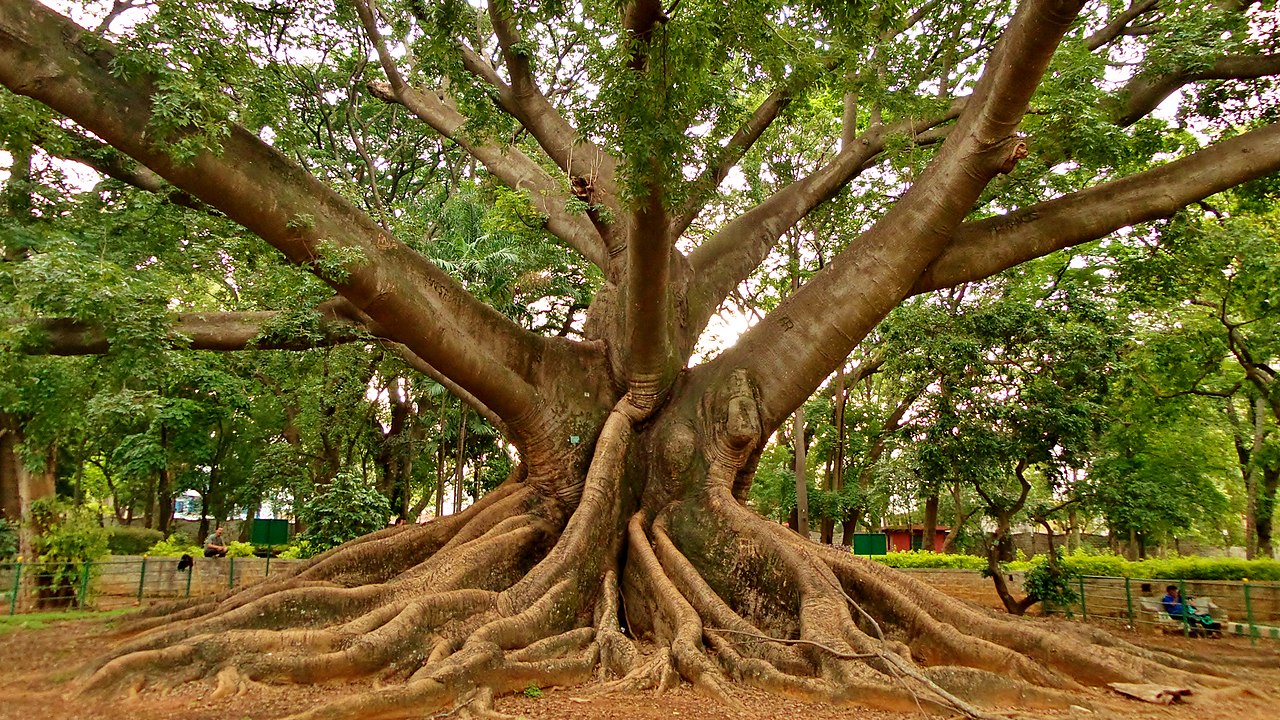
A Silk Cotton Tree – Photo By Ramyajagadish – Own work, CC BY-SA 4.0, https://commons.wikimedia.org/w/index.php?curid=49814543
Origin of Silk Cotton Trees
The Ceiba pentandra species of Silk Cotton Trees is native Central and northern South America in countries like Guyana, some parts of the Caribbean as well as Mexico.
Scientific Classification of Silk Cotton Trees
- Kingdom: Plantae
- Clade: Tracheophytes
- Clade: Angiosperms
- Clade: Eudicots
- Clade: Rosids
- Order: Malvales
- Family: Malvaceae
- Genus: Ceiba
- Species: C. pentandra
Description of Silk Cotton Trees
The Silk Cotton Tree can grow to towering heights of seventy-three (73) metres tall while trunks are often about three (3) meters wide. The trees have wide, thick roots which grow from twelve (12) to fifteen (15) metres up the trunk and extend out and downwards across flat land to lengths of about twenty (20) metres. The roots of the Silk Cotton Tree burrow another fifty (50) metres underground, securing the tall lumbering giant. The major branches can be up to one point eight (1.8) meters thick and form a crown of foliage overhead. Often you will find the trunk and many of the larger branches are crowded with large simple thorns. The leaves of Silk Cotton Trees are palmate with about five to nine (5-9) leaflets. The most important part of the tree, however, may be the pods. These pods are about six (6) inches long, containing seeds and a fluffy, yellowish fibre that is a mix of lignin and cellulose. This fibre is used to produce many textiles.
- Fruit Pod of the Silk Cotton Tree – Photo By Hannes Grobe Hgrobe 10:18, 25 May 2006 (UTC) – Own work, CC BY-SA 2.5, https://commons.wikimedia.org/w/index.php?curid=809651
- Fruit of the White Silk Cotton Tree – Photo By Basile Morin – Own work, CC BY-SA 4.0, https://commons.wikimedia.org/w/index.php?curid=76572313
Traditional Uses and Medicinal Uses of the Silk Cotton Tree
- Ceiba Penatandra or the Silk Cotton Tree is a source of fibre which is used for stuffing cushions, pillows and mattresses.
- The fibre gotten from the fruit is light, water repellent and buoyant.
- Ceiba pentandra aka Kapok helps to lower fevers, relax spasms and can even control bleeding as it is astringent.
- Its leaves have laxative properties.
- The bark and leaves of Silk Cotton Trees can be used to treat bronchial congestion while they treat fevers and headaches when used externally.
- The gum may be eaten to relieve upset stomachs.
Edible Uses of the Silk Cotton Tree
- The leaves, bud and fruits are tender and may be eaten like ochro.
- The seeds can be raw, or roasted, ground and added to soups.
- The flowers of the Silk Cotton tree are edible after blanched while dried stamens are added for colouring to curries and sour soup.
- Its wood ashes can be used as a substitute for salt.
Interesting Tip
- Some persons believe that the oil extracted from the seed is edible while the seeds are toxic.
Other Uses
- In some countries, the Silk Cotton Trees are harvested for their wood while some use it for reforestation.
- It is also grown to provide shade for cocoa and coffee plants.
Superstitions about the Silk Cotton Tree
There are numerous superstitions shrouding the Silk Cotton Trees in a veil of mystery, not only in Guyana but in the Caribbean and across the world. In West Africa, it is believed that the Silk Cotton Trees have the ability to move on their own. Not only that but they would frequently gather, huddled together. The Mayans, one of the oldest, most ancient civilization in Mesoamerica, believed that the roots of the Silk Cotton Trees reached into the underworld. The trunk was the form of the middle world, the area between heaven and the underworld, where humans dwelt. Reaching up into the sky were its branches, which represented the Mayans’ thirteen levels of the upper world or heaven. Mayans called this tree ceiba (say-bah). Closer to Guyana, in Trinidad and Tobago was the African witch by the name of Gang-Gang Sarah who was trying to get back to Africa. She scaled a Silk Cotton Tree but had lost her ability to fly since she ate salt. She tumbled from the Silk Cotton Tree and died from the fall.
The Spanish colonizers of Jamaica, was believed to have buried their treasure under the roots of the silk. To protect their treasure, they killed the slave who buried it, giving him the task of guarding it even in death. The same is said of the Dutch in Guyana. They practise this s0 that no one would steal their treasure, and this fear has been instilled and passed from generation to generation, many of who are still wary of the Silk Cotton Trees.
The Mahaicony Silk Cotton Tree
These tall, lumbering giants are called Jumbie Trees in Guyana as they are believed to harbour ghosts (jumbies) and other supernatural manifestations. To appease these beings offerings are presented to the tree, the base of which rituals were held. Offerings include blood of sacrificed fowls, rum, fruits and even cigarettes. On the East Coast of Demerara, in a village called Mahaicony, there was a local vagrant who would eat the offerings that people left. Then one day he disappeared, leaving villagers wondering. Some came to the conclusion he died, as punishment for taking the offerings. This is not the only well-known legend about the Silk Cotton Trees in Mahaicony. A Silk Cotton Tree stands in the middle of the Mahaica roadway, which is believed to be the cause of many deaths. Four different government of Guyana since 1975 tried to remove the tree until former President Jagdeo made a decision to diverge the road where the tree stands. This was because no contractor would attempt to cut it down. Many previous attempt have seen person dying mysterious deaths or being affected by strange maladies, even losing the ability to speak.
It is believed that slaves were once housed under the branches of this Silk Cotton Tree, after being bought from Dutch plantations in Suriname. The ones who were killed at the root of the tree, made African incantations and their spirits became one with the tree, or so they say. The more reasonable explanation was that the African slaves were afraid of the Silk Cotton Trees and chose the bullet by their master rather than to chop them down. This legendary Silk Cotton tree has been around for a while and might have been a part of the cluster attempted to be cleared in 1758, which resulted in the unexplained loss of lives of slave drivers. It is believed that persons were afraid of removing the Silk Cotton Tree so it remained in the middle of the road until it died and has been replaced by its offspring.
Silk Cotton Trees in Guyana
Apart from a few monuments, the Silk Cotton Trees are all that remains of Guyana’s slavery days. While one of its main purposes was the production of the kapok fibre, there are much other medicinal and edible uses. The trees have taken on a rather ominous aura, and are generally avoided by the public. This belief may have stemmed from persons making an offering presumably to the spirits of the Dutch to appease them, before felling the trees. Whether it is true or not, many Guyanese are still suspicious of the Silk Cotton Trees. Tell us what do you think about the superstitions about Silk Cotton trees in the comments below.
Article References
- https://en.wikipedia.org/wiki/Ceiba_pentandra
- http://tropical.theferns.info/viewtropical.php?id=Ceiba+pentandra
- https://guyanachronicle.com/2012/08/04/the-legendary-silk-cotton-part-ii-a-tree-few-would-dare-harm/
- https://www.google.com/search?
- https://guyana.hoop.la/topic/after-killing-over-a-dozen-people-guyanese-are-afraid-of-this-tree
- q=silk+cotton+trees+in+guyana&oq=silk+cotton&aqs=chrome.1.69i57j35i39l2j46j0l2j69i60l2.4053j0j7&sourceid=chrome&ie=UTF-8
- https://www.stabroeknews.com/2016/03/13/features/silk-cotton-tree/#:~:text=In%20Guyana%2C%20the%20Silk%20Cotton,it%20to%20roam%20the%20land.
- https://www.thoughtco.com/ceiba-pentandra-sacred-tree-maya-171615#:~:text=The%20World%20Tree%20in%20Maya%20Mythology&text=The%20ceiba%20was%20the%20most,the%20three%20levels%20of%20earth.

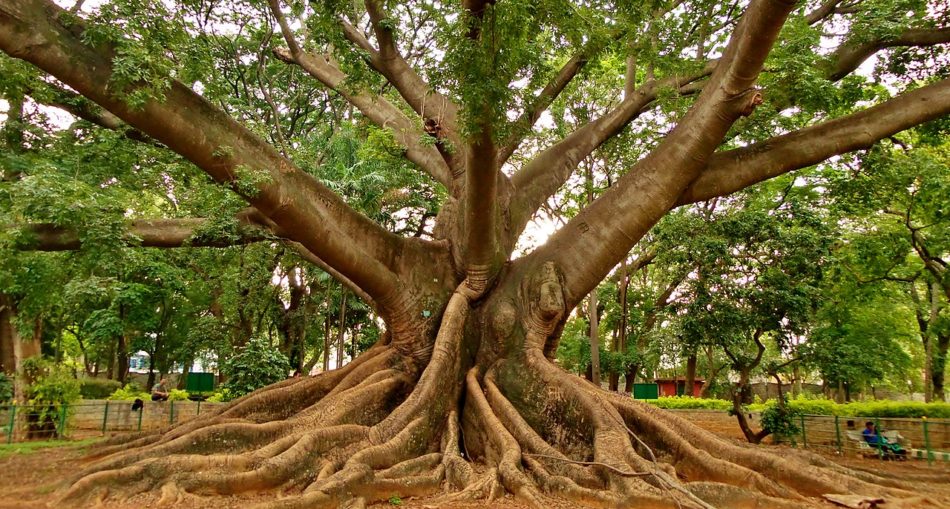
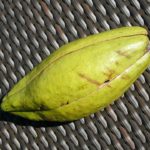
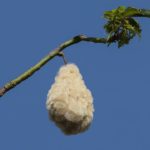
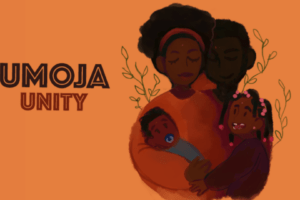





1 Comment